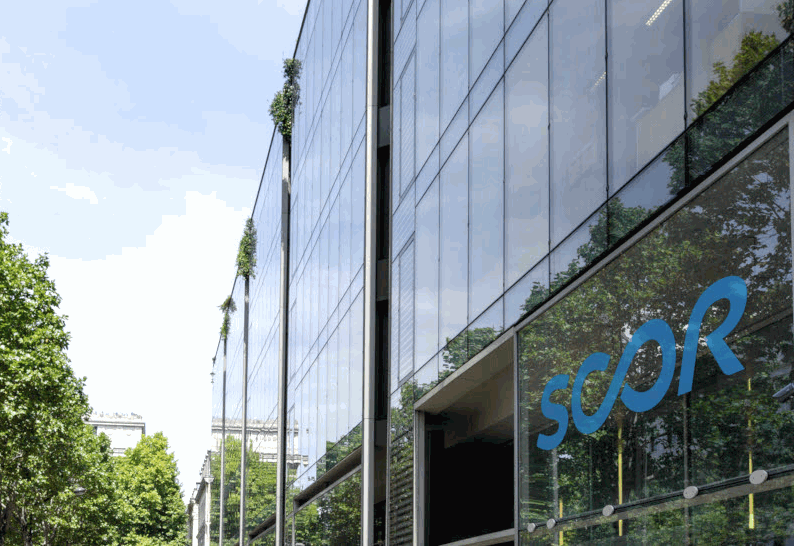SCOR renews catastrophe & mortality contingent capital facility at €300m

France-headquartered global reinsurance company SCOR has renewed its capital markets-backed contingent capital facility, to provide a three-year source of up to €300 million of capital to support the company in the event of extreme natural catastrophe or mortality events.
This is now the fifth such catastrophe and mortality contingent capital facility launched by SCOR, as the company continues to leverage the capital markets within its overall retrocessional reinsurance type arrangements.
SCOR has regularly issued contingent capital since 2010, when the reinsurance firm first added a line of contingent equity capital to its tower of protection, a EUR 150m natural catastrophe coverage facility spanning three years.
That first contingent capital facility paid out for SCOR, as catastrophes in Q1 2011 triggered the contingent capital and enabled SCOR to drawdown on EUR 75 million of the facility, which it subsequently topped back up in 2012.
Then SCOR returned in 2013 with a larger EUR 200 million contingent capital facility that the reinsurance company extended to cover both both natural catastrophe and extreme life (mortality) events for the first time.
This was followed in 2016 with another renewal of the contingent capital facility, with SCOR also growing it to EUR 300 million of protection, across both nat cat and mortality risks.
In 2019 SCOR renewed the contingent capital facility again, at EUR 300 million for a further three years of coverage.
Now, this is the fourth renewal of SCOR’s contingent capital facility, so the fifth iteration of it, which rests on share subscription warrants, issued by SCOR and subscribed by J.P. Morgan, than can be automatically exercised in the catastrophe or mortality scenarios set out in the agreement.
The renewed facility runs from January 1st 2023, to December 31st 2025 and if not triggered during the term, no shares will be exercised. SCOR also has the option to terminate the agreement on December 31st of each year.
Should it be triggered and SCOR exercise the warrants, it could result lift the reinsurer’s share capital by up to EUR 300 million (including issuance premium), but dilution is limited to a maximum of 10% of the share capital in accordance with an authorisation granted by the 2022 General Meeting.
SCOR believes such facilities provide “a very cost-effective alternative to traditional retro and ILS,” which is says enhances the resilience of its balance-sheet.
It provides EUR 300 million of risk coverage in case of extreme natural catastrophe or life related events that impact mortality.
The contingent capital facility can be triggered by significant natural catastrophe or extreme mortality events that affect the reinsurer, calibrated to pay out at levels that will protect SCOR’s own solvency level.
Laurent Rousseau, Chief Executive Officer of SCOR, commented, “In a fast-changing environment driven by a number of paradigm shifts, SCOR has issued a new contingent capital facility and sticks to its strategic cornerstone of maintaining a robust capital shield.
“The renewal of this contingent capital facility is an essential part of our active capital management and balance sheet protection policy, which helps to protect the Group’s solvency and resilience at a low cost.
“We are building from a sound base to take advantage of market tailwinds such as the hardening of the P&C market, the increasing demand for life reinsurance products, and the increase in interest rates.”
SCOR’s management believe that this contingent capital facility, “provides a significant net economic benefit for its shareholders, as it favorably compares to traditional retrocession and Insurance-Linked Securities (ILS) and it optimizes SCOR’s risk protection costs with a limited potential dilutive impact.”
Contingent capital, linked to the occurrence of major loss events, as well as contingent convertible transactions linked in a similar manner, have been used by other insurers and reinsurers in the past, as an alternative source of catastrophe reinsurance or retro coverage.
They still remain a much less frequently used capital markets risk transfer structure to-date, but are an efficient way for larger companies to secure liquidity that is contingent on a major catastrophic event trigger impacting their solvency levels.






